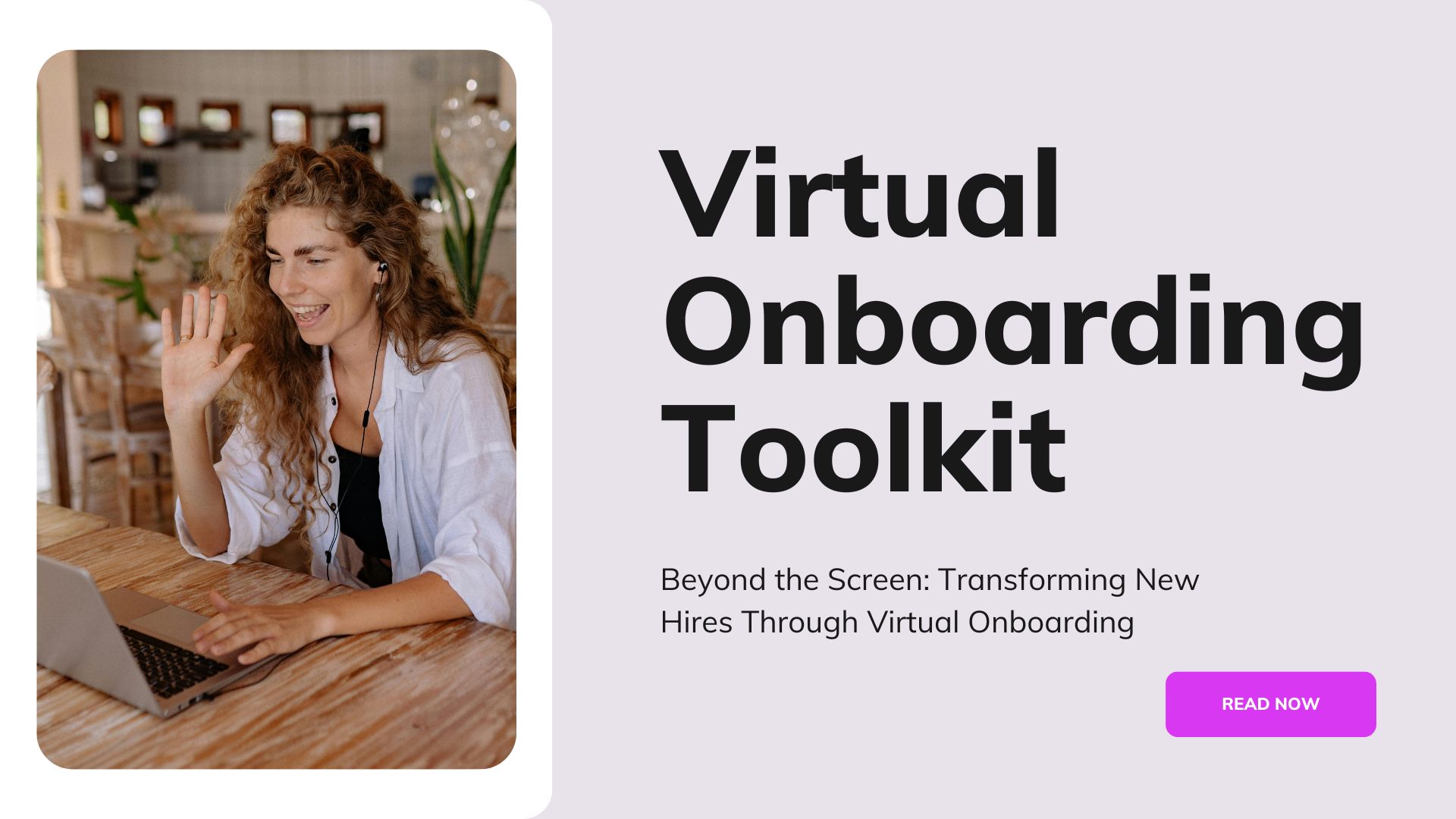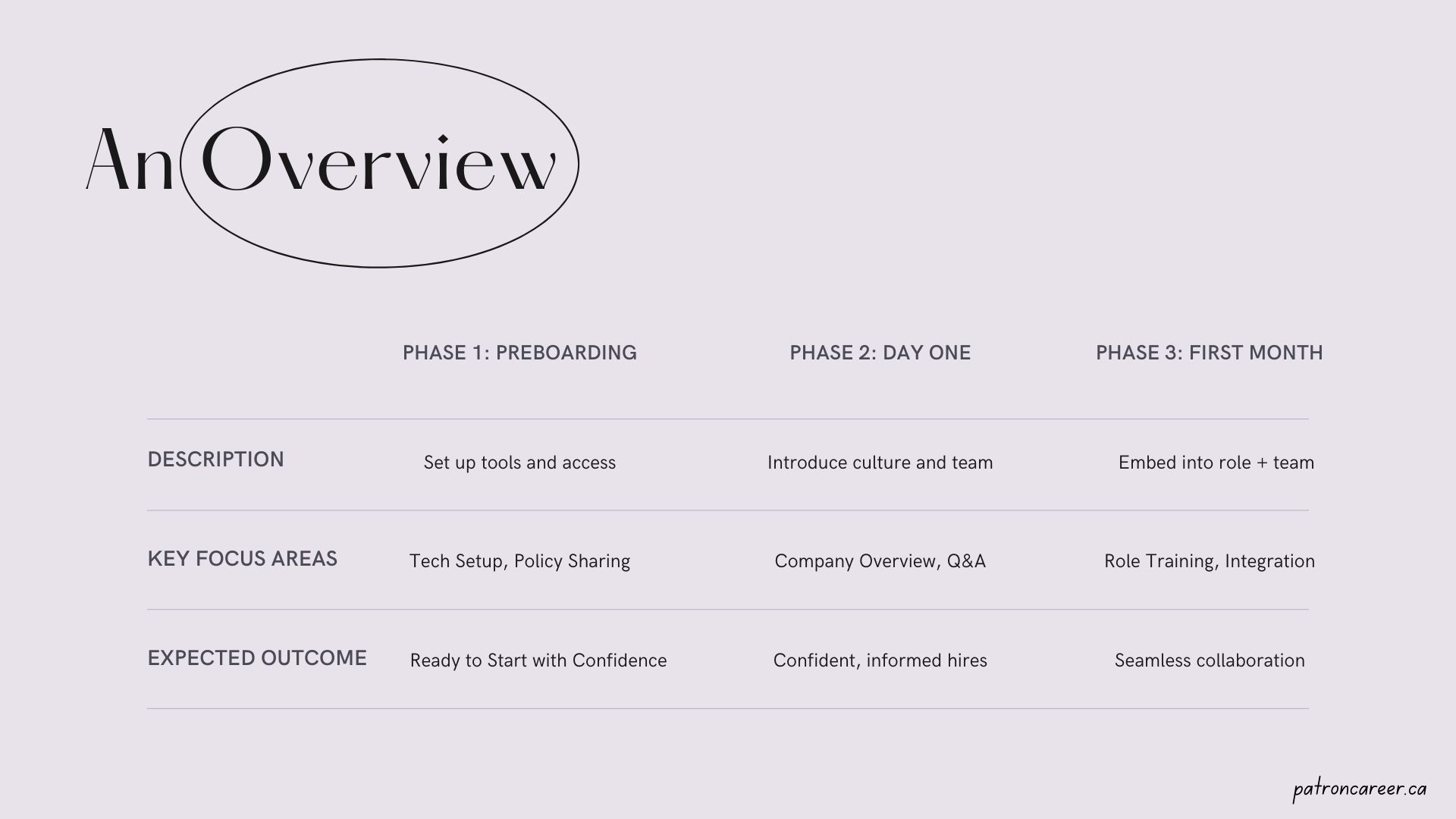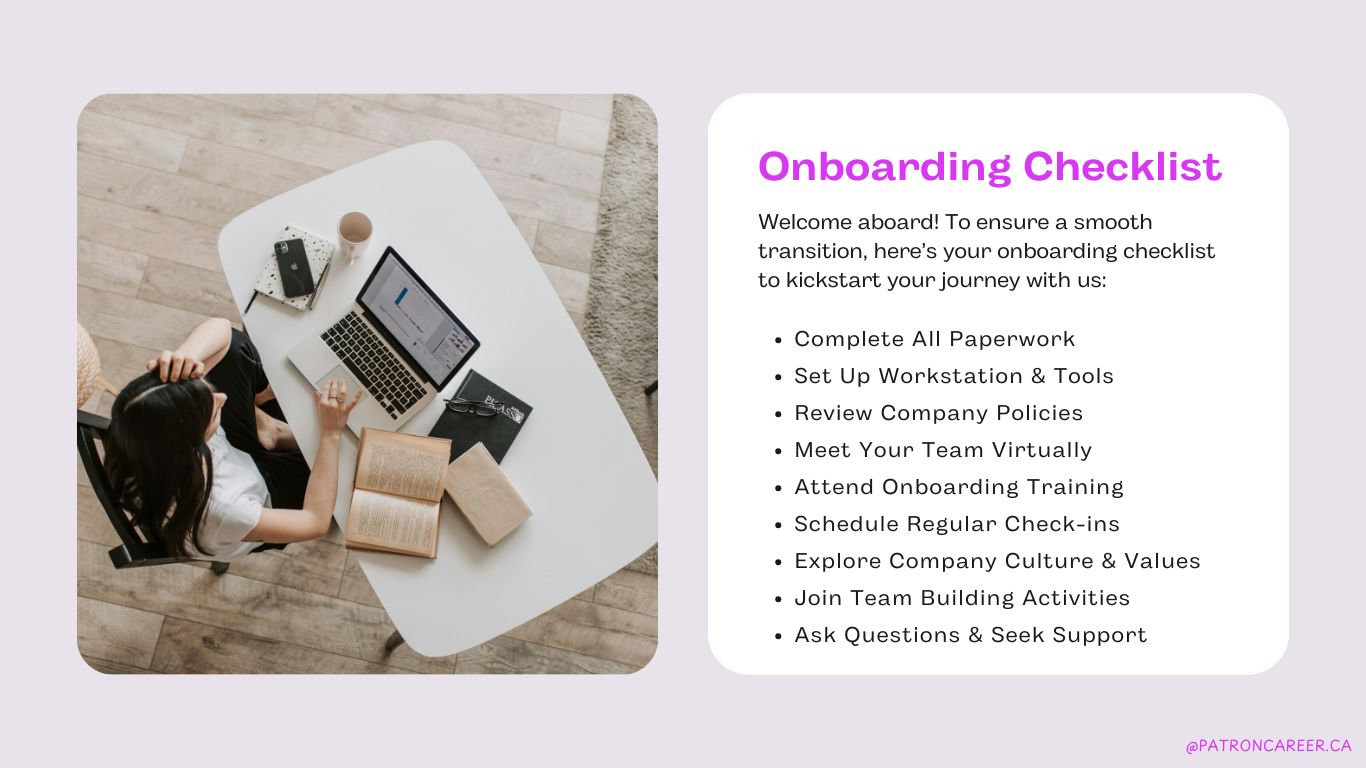Virtual Onboarding: A Comprehensive Guide for Modern Workplaces
As we enter the era of remote work, workplace ideals for welcoming new employees have transformed altogether. Enter virtual onboarding, which ensures remote workers have a great start through virtual paths. As a matter of fact, research from TalentCanada revealed that 69% of workers who experience a robust onboarding experience are more likely to stay with their employer for three years or longer. With our professional lives now woven into digital threads, the need to give onboarding a tech-savvy makeover is even more crucial.
An ideal virtual onboarding plan allows new hires to jumpstart their career journey and for employers to nurture them in the new job and company, making it a win-win situation for both parties.
ISo, what exactly is virtual onboarding, and what does it look like in today’s dynamic workstation? This guide will walk you through all that, plus the advantages and challenges associated with digital onboarding. We’ll also discover effective tactics to ensure a smooth and impactful integration for new hires.
Let's get started!
What is Virtual Onboarding?
Virtual onboarding stands on the same footing as employee onboarding; the catch here is that new employees are introduced to a company’s culture and operations through digital modes. At its simplest, virtual onboarding is an integral part of hiring, where first impressions have gone digital too. It mirrors traditional onboarding but relies on digital tools like video conferencing, collaboration software, and e-learning modules.
As the distance today is bridged by technology, we are compelled to ensure that the moniker “VirtuBoardify” reflects the unique aspect of the virtual onboarding experience. The major goal here is to familiarize new employees with the remote team and help them understand their roles and company culture better. We can joyfully connect remote workers to their team and the company through seamless virtual onboarding.
Read: What skills do you need to crush your remote job?
Why Onboarding Matters (virtual or not)
Employee onboarding is an integral strategic process, serving both as a concluding step of the recruitment process for integrating a new employee and as an initial step towards employee retention. The only differentiating factor between successful onboarding and ineffective onboarding is how well it is executed.
Here are some reasons why you need a virtual onboarding plan to engage remote employees:
- A good onboarding process bridges the distance. It promotes inclusivity by bringing together qualified workers from all locations.
- Remarkable employee retention and engagement are ensured through onboarding. A structured onboarding process helps new hires feel welcomed and reduces turnover.
- It adds to efficiency and scalability. Organizations can onboard multiple employees simultaneously, saving time and resources.
- Onboarding is an adaptation to modern work culture. Virtual onboarding guarantees that your business remains agile and competitive as remote work becomes more common.
Key Components of Effective Virtual Onboarding
For curating a meaningful virtual onboarding program, here’s a definitive breakup of what Onboarding 2.0 looks like:
1. The Pre-Boarding Phase
Preboarding begins the moment the offer is accepted by the candidate and lasts until their first day. This is a crucial time for HR to carefully chalk out the activities to give new hires a happy virtual beginning and set them up for long-term success.
For example, consider sending a personalized welcome email with all the necessary instructions for a smoother start. Make the required tools, login credentials, and a pre- onboarding checklist available. This is a time to give new employees a sense of structure and a clear purpose by sharing the agenda for the first week.
2. Interactive Welcome Sessions
During their first week, companies conduct orientation to assist new employees in acclimating to the overall values, culture, and policies of the organization. Pair them with a virtual mentor or buddy. Have your new employees build a connection with the company and its members, providing clarity on roles as well as expectations.
The first week is essential for making first impressions count, as it also paves the way for employee experience and satisfaction. Hosting a warm virtual welcome session with the leadership team is important for fostering engagement. Additionally, share a digital employee manual or handbook containing the A-Z of remote work policies and benefits.
3. The Role Training Phase
Within the first month itself, equipping employees with digital training and resources ensures that they succeed in their roles. Training helps them grasp their roles and responsibilities in a better manner. Everything is just a tap away, so provide employees access to role-specific learning resources and opportunities for skill development. Consider scheduling virtual workshops or webinars to keep them productive in their roles.
4. The Integration and Engagement Phase
Once the employee is all settled in, it is time to focus on building meaningful relationships and immersing virtual employees in the company culture.
The easiest way to nurture the employee’s growth is to consistently conduct virtual team- building activities such as collaborative games, virtual escape rooms, and trivia contests. During this stage help employees set smart goals, provide sufficient growth opportunities and offer constructive feedback to boost motivation and productivity.
Onboarding: The blueprint to get you started.
Best Practices for Virtual Onboarding
1. Customize the Experience
To ensure an employee’s smooth transition into the new job, companies should adopt a tailored approach. Although virtual onboarding isn’t a generic process, it can be done right by tailoring the experience to the specific roles of the employees. Get creative with the virtual onboarding journey and demonstrate your commitment to their success.
You can also share the onboarding checklist with new hires to provide them with a bird’s eye view and help them start their journey. We have prepared one for you:
For example, to welcome a new software developer to the team, arrange an interactive coding challenge to assist them in mingling with others on the team.
2. Foster Human Connections in a Virtual Space
Virtual work can become monotonous at times. Simple actions like helping new joiners connect with colleagues and build healthy employer-employee relationships demonstrate your unwavering dedication. Employers can build stronger relationships with them right from the first day by fostering a sense of belonging among the new employees. To achieve this, pair new hires with a buddy to guide them through their first week, schedule casual meet- and-greets, send personalized video messages, and conduct regular team huddles to build camaraderie.
Related: How to Create an Effective Employee Relations Program
3. Create an Immersive Virtual Office Tour
Who doesn't appreciate a special welcome? Making new hires feel connected is even more meaningful by offering them an interactive virtual office tour.
Unlike regular onboarding, this provides a simulated experience where employees can explore the workplace themselves. It fosters a sense of connection to the workspace akin to that of regular employees, helps them recognize essential locations, and, most crucially, enhances their feeling of inclusiveness.
Create a walkthrough of the office using 360-degree video technology or another VR platform, and gamify the experience by participating in a scavenger hunt with other remote workers to help them feel connected even from a distance.
Welcome Like a Pro with Virtual Onboarding
As the workspace becomes more digital, nailing the virtual onboarding process is essential for companies hiring remote workers. When done right, virtual onboarding is the key to keeping their spirit alive and equipping them for success. Whether you’re a startup or an established enterprise hiring remotely, virtual onboarding guarantees that every new joiner feels part of the team. After all, investing in onboarding is an investment in your people—and your future.
Are you prepared to change the way you onboard new employees? Patron Career Staffing is available to help you at every stage. Get in touch with us now!






